Species in your home are not a delightful experience! These are small creatures that carry bacteria and spread infection. As a result, these are proven harmful to the environment. Although most people think they are not harmful, these can be deadly as well. In this article we have listed some deadly species threatening your home. So, click here to know more!
Deadly Species Threatening Your Home
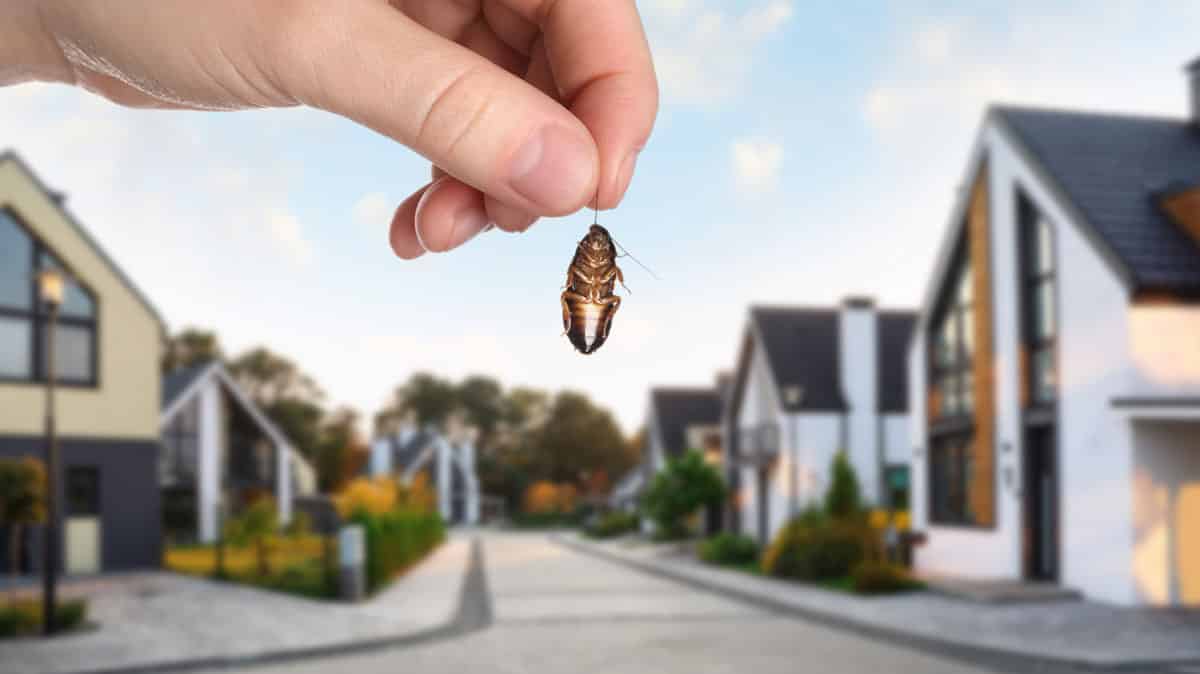
pest control techniques
1. Black widow spider
The deadly bite of a black widow spider is well-known; it can result in excruciating agony, cramping in the muscles, and, in extreme circumstances, even death, especially in young children and the elderly. These spiders usually live in isolated, dark spaces like garages, sheds outside, or basements. To avoid unintentional interactions, it’s imperative to recognize and remove black widow spiders from your house as soon as possible.
2. Brown recluse spider
These spiders are known popularly for their necrotic venom causing tissue damage where the spider bites. These spiders hide behind all cluttered areas like closets and attics. Therefore, regular cleaning reduces the risk of encountering brown recluse spiders.
3. Venomous snake
Venomous snakes like coral snakes are a threat to your house. Small fissures or openings in walls or doors allow snakes to enter buildings. Snake infestations can be avoided by keeping your property well-maintained and closing any possible entry spots.
4. Scorpions
The venomous stings of some scorpion species. These include the Arizona bark scorpion, which can result in excruciating agony and numbness. Scorpions can penetrate homes in quest of cover and food. They are typically found in warm and arid areas. You may prevent scorpions from entering your home by sealing cracks in walls and windows. They clear the area around your house of any debris and vegetation.
5. Poisonous plants
Certain plants prevalent in and around homes can be hazardous. Some common ones are:
- Poison ivy
- poison oak
- poison sumac
These can irritate the skin and produce serious allergic reactions. Preventing unintentional exposure can be aided by recognizing certain plants and securely eliminating them from your property.
Wrapping up
Protecting your home and family requires being aware of the potential threats offered by harmful species and taking proactive steps to reduce these risks. A safer living environment can be achieved with routine maintenance, pest control techniques, and knowledge of potentially dangerous species.

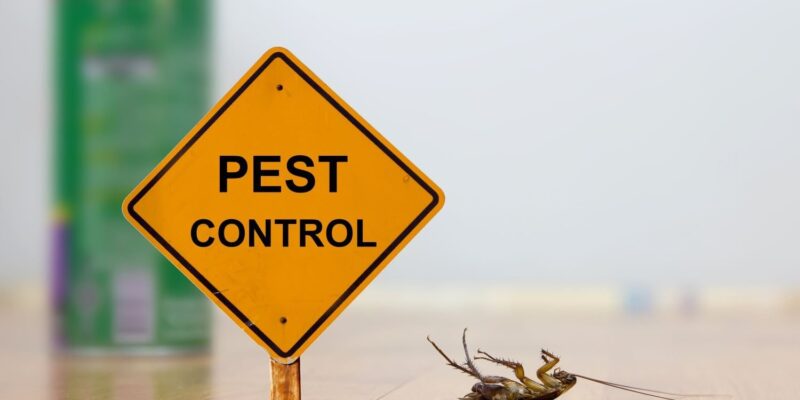
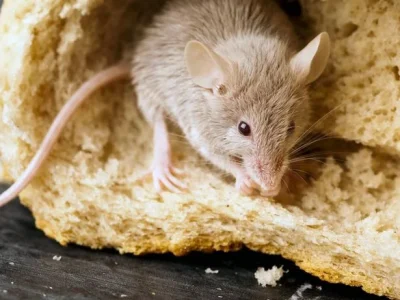
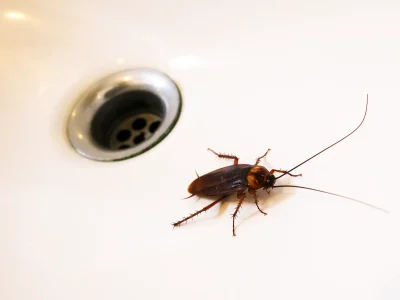
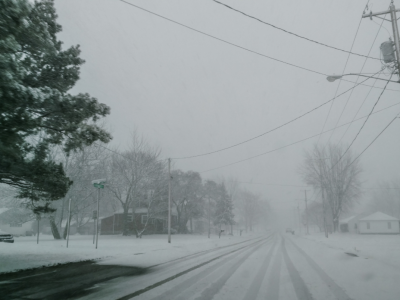
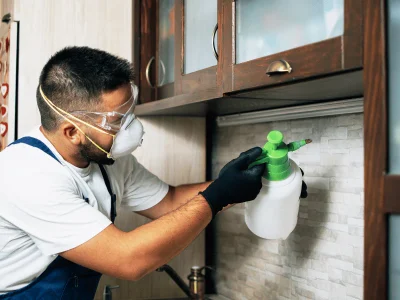







Comments